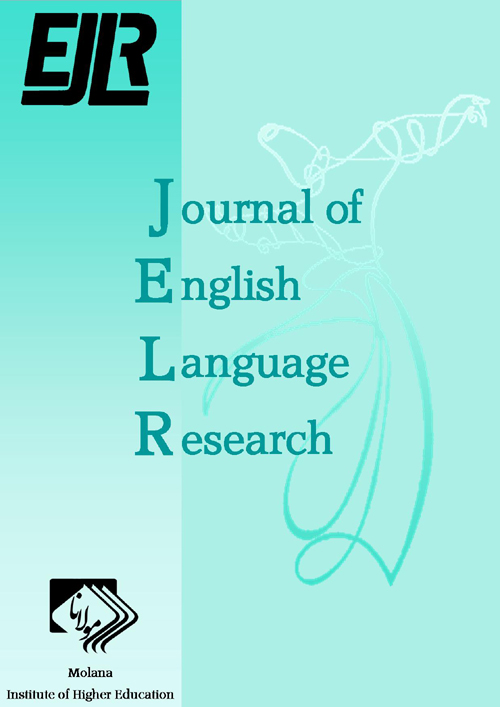Investigating the Impact of Interlingual Subtitling on the Process of Children’s Dyslexia Therapy
This experimental study explored the probable impact of an audiovisual product accompanied by interlingual subtitles on the remediation of dyslexic children. The participants, selected via convenient sampling, were 51 primary school students with developmental dyslexia diagnosed by the experts. They were assigned randomly to three separate balanced groups: the first experimental group watched the animation with verbatim subtitles; the second experimental group watched the animation with non-verbatim subtitles, and the control group read a text extracted from the video content. The three groups were exposed to the treatment for a total of 25 hours. All participants sat a pre-test to evaluate their reading ability at the very beginning of the experiment. Immediate and delayed post-tests were administered to the participants after receiving the treatment. The findings of the study indicated that the experimental condition caused a more significant development in dyslexics’ reading skills compared to the control condition. Moreover, regarding the type of subtitling, statistically significant results emerged at the supremacy of non-verbatim subtitling treatment. These findings can provide subtitlers, translators, and teachers with practical implications.
- حق عضویت دریافتی صرف حمایت از نشریات عضو و نگهداری، تکمیل و توسعه مگیران میشود.
- پرداخت حق اشتراک و دانلود مقالات اجازه بازنشر آن در سایر رسانههای چاپی و دیجیتال را به کاربر نمیدهد.


